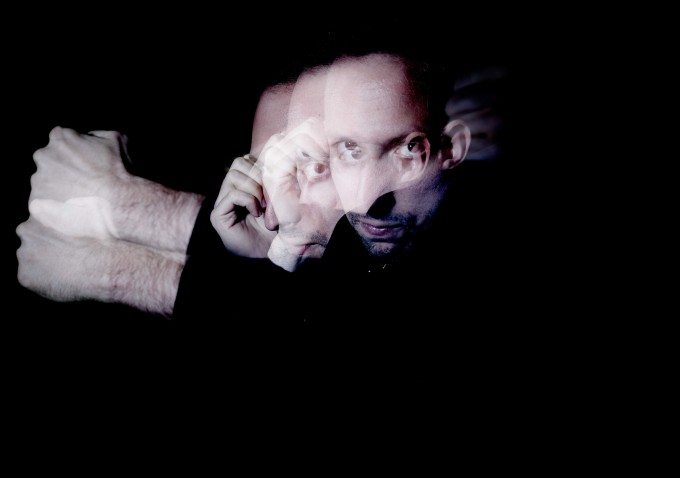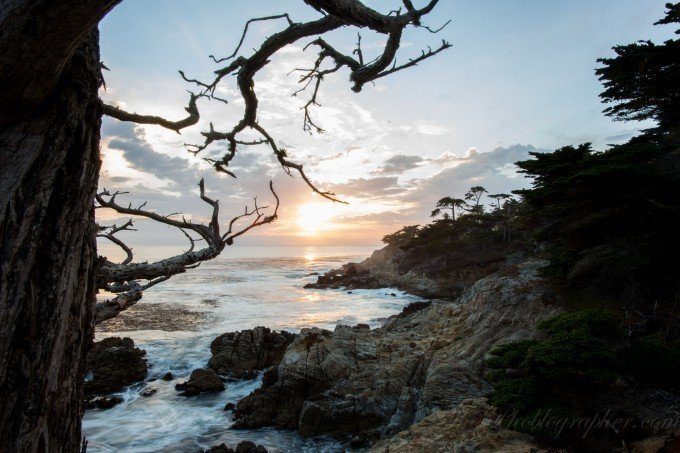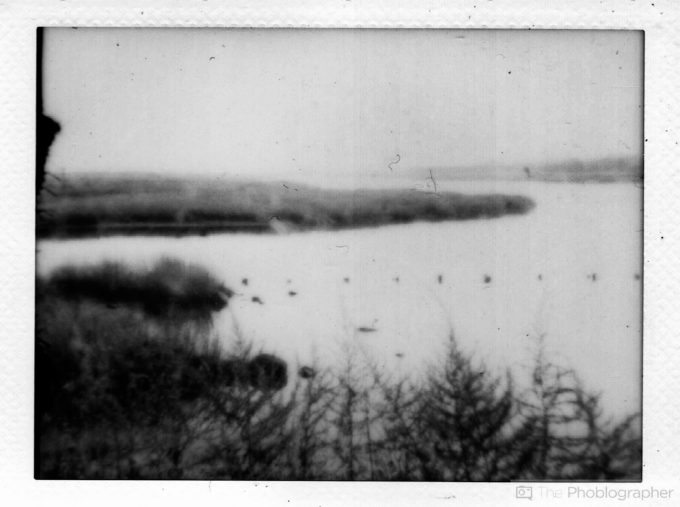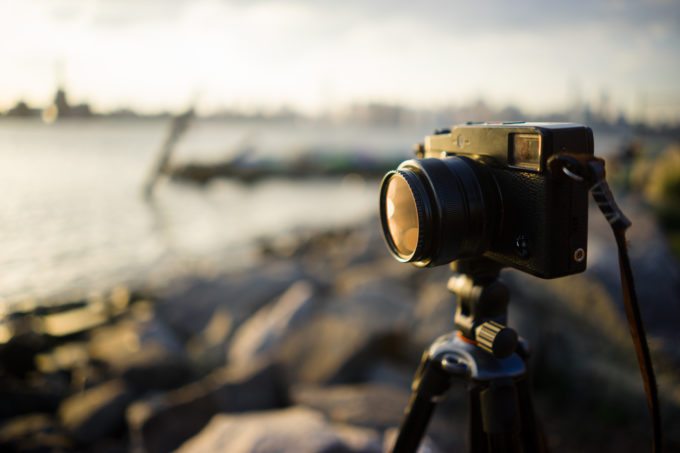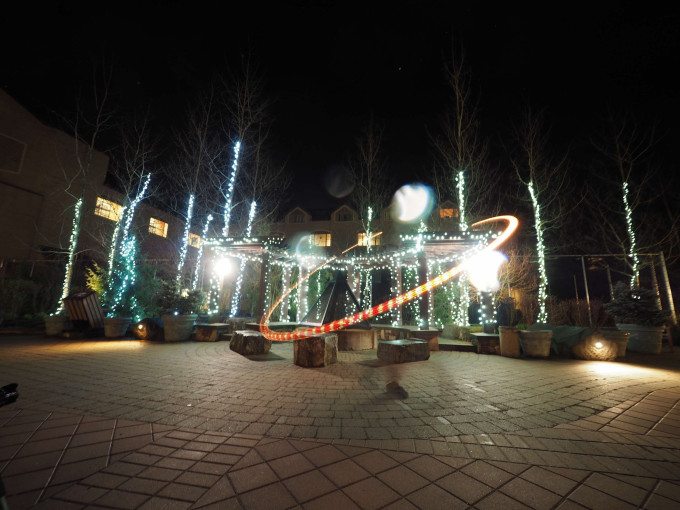Long exposures can be very fun and are a creative way to emphasize a feeling in a photo. They’re generally simple to do, but complex when it comes to getting them to really stand out. However, long exposures allow a photographer to really create something that is different from all the other typical photographs that you see out there. What you’ll be happy to know though is that they let you unleash your creative freedom to its fullest potential.
Flash Techniques
Though most photographers use long exposures to simple just capture a scene, one of the ways that you can make your long exposures stand out from all the rest is to actually put creative thought and love into them. One of those ways involves using a flash; but there are many ways to use a flash for this.
Second Curtain Flash
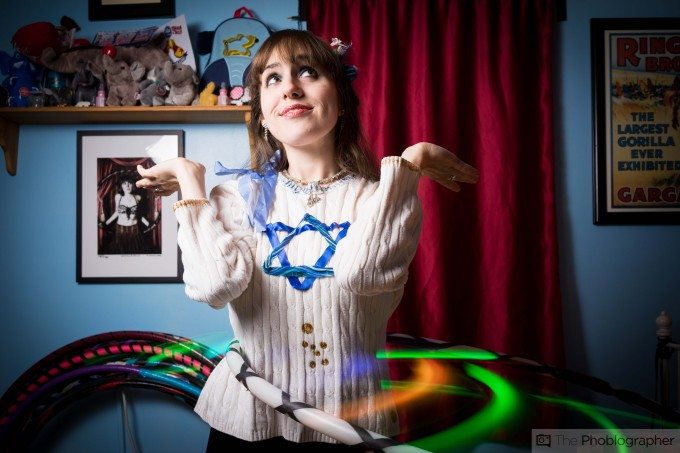
A fast flash duration is what stopped the fast moving motion otherwise.
Second curtain flash is a method that lets you slow down your camera shutter speed and use a flash. When you do this, you’ll capture light streaks or some other form of movement; and certain parts of the scene will be stopped perfectly still. The reason for this has to do with fast flash duration; which I’ll explain next.
Use this technique: if you want to find a way to create a strong contrast between moving subjects a a single still subject.
Fast Flash Duration
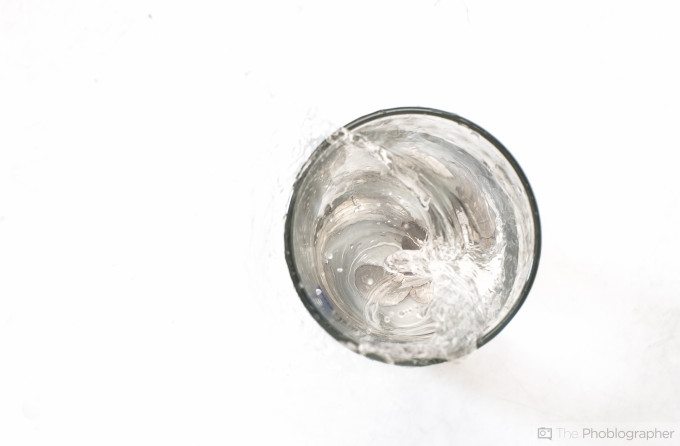
The image above was created using Triggertrap’s Flash Adapter, and some creative thought. By shooting a long exposure of a couple of seconds and triggering the flash at just the right time, I was able to ensure that I captured this specific moment. Lots of photographers use this method when it comes to creating those really cool splash photos we all see. Again though, it has to do with a fast flash duration.
Use this technique: if you want to capture the absolute fastest motion.
Stroboscopic
The last flash technique to talk about is called stroboscopic flash: it involves your flash literally strobing quite fast to capture bits of movement in a space. It’s technical and works best with athletes or dancers.
Use this technique: if you want to find a creative way to essentially combine exposures of a subject into one image.
Show Dramatized Movement
Like the flash techniques talked about above, showing dramatized movement is one of the best and most popular ways to shoot a long exposure image. While the typical water images are common place, try ideas like people moving about, a cat playing with a ball, etc.
Use this technique: if you are just getting started in long exposure shooting.
Pinhole Photography
Pinhole photography is one of the biggest tests of a photographer’s creative abilities because it involves pretty much no depth of field. Instead, to have any sort of depth you need to strategically place subjects in the frame for people to pay attention to. The best pinhole photographs are done in black and white and are long exposures that really make a big use of shapes, lines and contrast in an image.
Use this technique: if you want the ultimate experience in creating a long exposure.
Shallow Depth of Field and an ND Filter
If you want a long exposure photo with a shallow depth of field in bright lighting, then you typically need a neutral density to cut down on the light. If you’re doing this in a dark setting, then it’s best to have a long exposure, low ISO and your camera on a tripod.
Use this technique: if you want dramatized movement, but want to use depth of field in a more creative way.
Light Painting
Finally, perhaps the most difficult technique here involves using some sort of light painting device to literally paint light onto a scene. They can be very simple or extremely complicated.
Use this technique: if you want to literally create some sort of sketch or artwork within your image. One of the best photographers to do this is Patrick Rochon.



